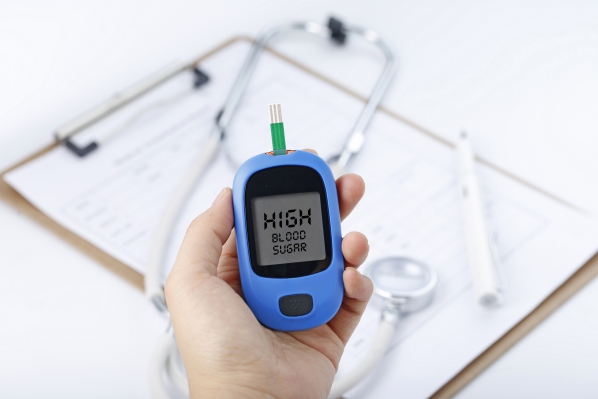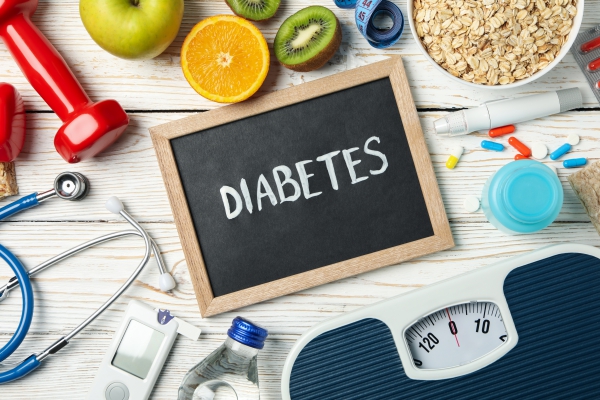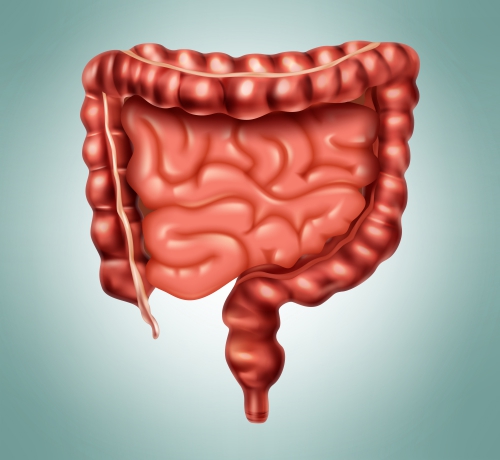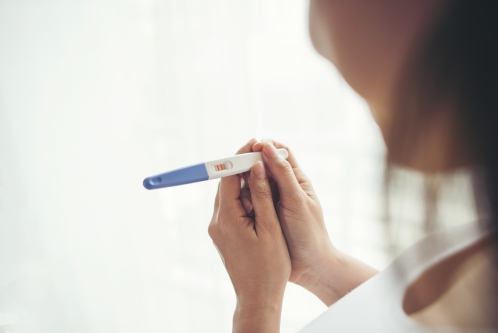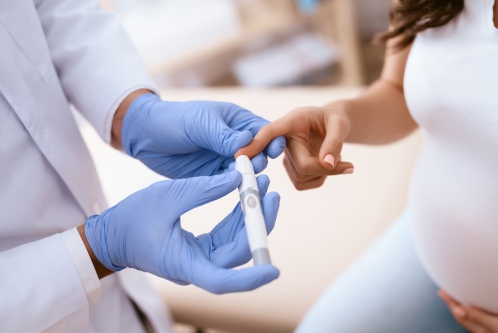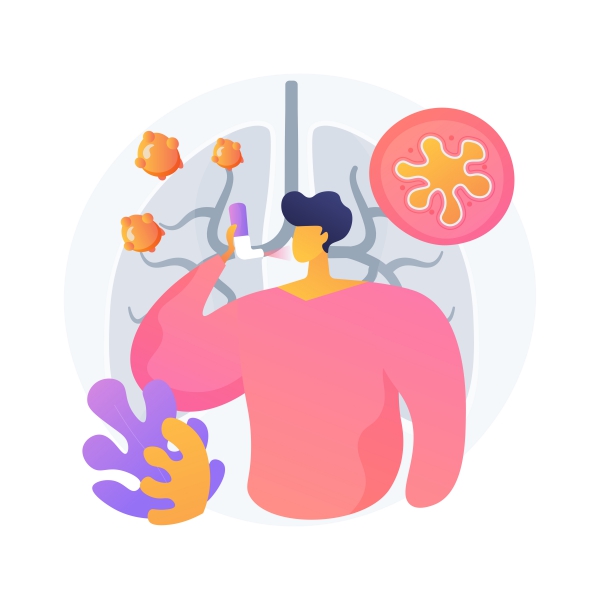Diabetic ketoacidosis, Diabetes complication, Diabetes, High blood sugar, Hyperglycemia, Ketoacidosis, Emergency
Description : Diabetic ketoacidosis (DKA) is an acute life-threatening complication of diabetes which is
Article Details :
What is diabetic ketoacidosis?
Diabetic ketoacidosis (DKA) is an acute life-threatening complication of diabetes which is characterized by increased blood sugar level (hyperglycaemia), ketoacidosis and ketonuria. Ketoacidosis is when your body produces high levels of ketones which are blood acids. Ketonuria is when there is presence of ketones in your urine. Glucose is a major source of energy for your muscles and other tissues. Insulin is produced by the pancreas to help glucose enter your cells. This condition occurs when your body cannot produce enough insulin to provide your body with the necessary amount of glucose it requires to function. Hence, your liver will break down fat as fuel in order to compensate for the lack of glucose. This process causes an accumulation of ketones in your bloodstream which eventually leads to DKA if left untreated. This condition occurs mainly in people affected by type 1 diabetes- in this condition your pancreas produces little or no insulin.
Unfortunately, DKA accounts for 16% of all diabetes-related mortality and 14% of all hospital admissions of diabetic people. DKA is very often the first clue towards the diagnosis of type 1 diabetes. In addition, this condition most commonly affects people under the age of 19 years but can affect diabetic people at any age.
What are the causes of diabetic ketoacidosis?
The most common cause of DKA is an underlying infection which represents 40% of cases. Causes of DKA include:
- Inadequate insulin therapy or missed insulin treatments.
- Forgotten, omitted or missed insulin doses due to excess alcohol intake, vomiting or illness.
- Urinary tract infections.
- Pneumonia.
- Emotional, surgical or medical stress.
- Mechanical failure of thee insulin infusion pump.
- Pregnancy
What are the signs and symptoms of diabetic ketoacidosis?
The symptoms of DKA include:
- Excessive thirst
- Frequent urination
- Difficulty breathing
- Stomach pain
- Nausea and vomiting
- Malaise
- Excessive fatigue
- Generalized weakness
The signs of DKA include:
- Increased blood sugar level (hyperglycaemia)
- Increased ketone levels in your blood (ketoacidosis)
- High levels of ketone in your urine (ketonuria)
- Dry skin
- Decreased reflexes
- Fruity smelling breath
- Increased heart rate (tachycardia)
- Decreased blood pressure (hypotension)
- Increased respiratory rate (tachypnea)
- Fever, if there is presence of an infection
- Confusion
- Coma
- Abdominal tenderness
There are certain conditions or diseases which may resemble DKA and these include:
- Alcoholic ketoacidosis
- Acute pancreatitis
- Urinary tract infection (UTI)
- Hypothermia
- Hyperosmolar coma
- Lactic acidosis
- Metabolic acidosis
- Septic shock

Making a diagnosis
To make a diagnosis, your doctor will first take a detailed history from you to know more about your symptoms. After the history taking, your doctor will perform a thorough physical examination to look for signs of DKA. Your doctor may order some tests in order to confirm the diagnosis and these include:
- Blood glucose level: This test is used to measure the level of glucose in your blood. This test should be repeated every 1-2 hours until you are stable, after which it is repeated every 4-6 hours.
- Ketone level: This test is done to measure the ketone level in your blood as in DKA this level is usually elevated due to fat breakdown as an energy source.
- Arterial blood gas (ABG): This test is done to measure the acidity of your blood. Having excess ketones in your bloodstream will make it acidic, altering several organ systems in the body.
- Urine dipstick test: This test is used to test for glucose and ketones in your urine.
- Blood electrolyte tests: In DKA the potassium level is usually high and the sodium level is low.
- Bicarbonate level: In DKA the bicarbonate level is low.
- Anion gap: In DKA the anion gap is usually elevated.
- Complete blood count (CBC): There is an increased white blood cell (WBC) count in DKA, even in the absence of infection.
- Renal function studies: The Blood Urea Nitrogen (BUN) is frequently increased in people with DKA.
- Chest x-ray: A chest x-ray is done to rule out any infection within the lungs (pneumonia).
- Magnetic Resonance Imaging (MRI) scan: An MRI scan of the brain is useful to determine whether there is presence of cerebral edema (brain swelling) if the person has an altered mental status.
- Computed Tomography (CT) scan: A CT scan of the head may also be done to assess for the presence of cerebral edema in case of altered mental status.
- Electrocardiography (ECG): As DKA may be precipitated by a cardiac event, it is very important to Read more

